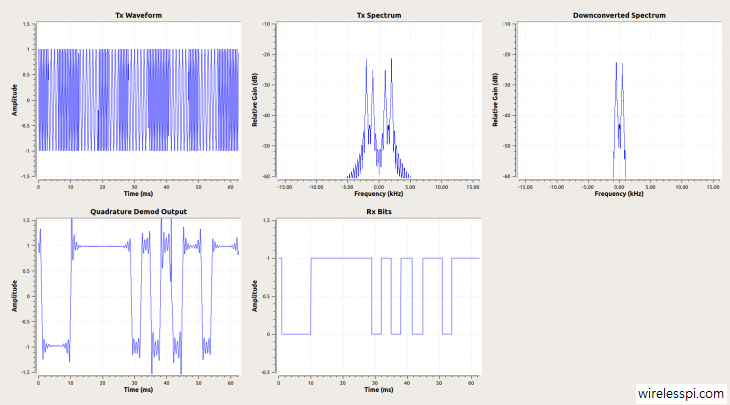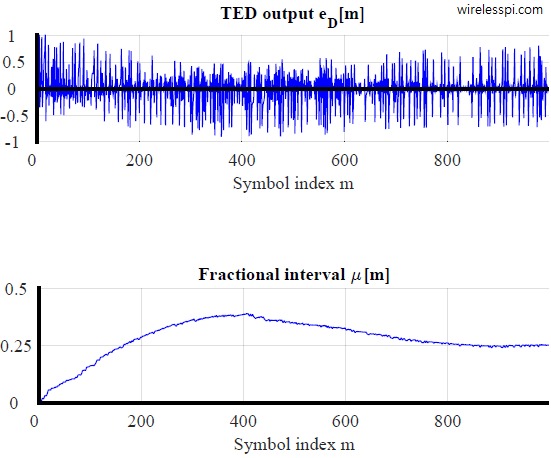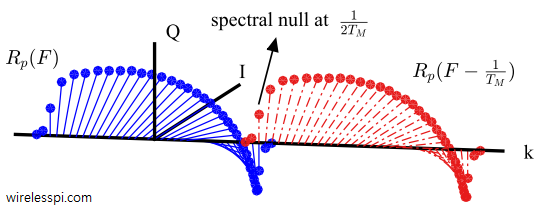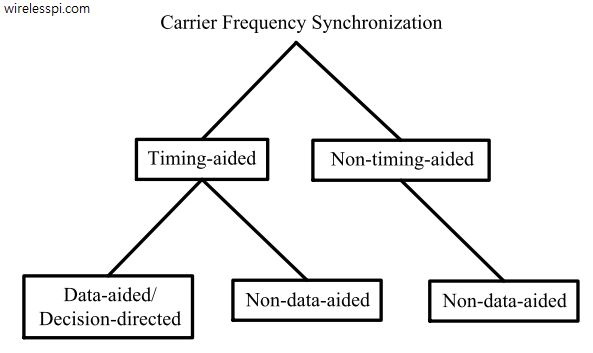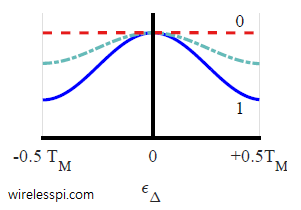Frequency Modulation (FM) is one of the oldest communication techniques for high fidelity transmission. Its digital counterpart, Frequency Shift Keying (FSK), also plays a crucial role in applications requiring low receiver complexity. In an FSK scheme, digital information is transmitted by changing the frequency of a carrier signal. It can also be mixed with Chirp Spread Spectrum (CSS) for low-power long-range communication as used in LoRa PHY. Binary FSK Binary FSK (BFSK) is the simplest form of FSK where the two bits 0 and 1 correspond to two distinct carrier frequencies $F_0$ and $F_1$ to be sent over the air.
Continue reading